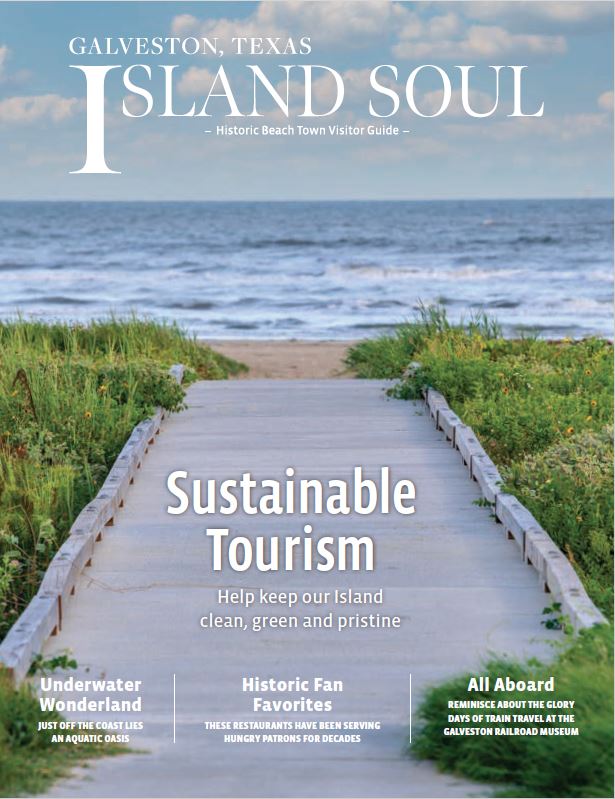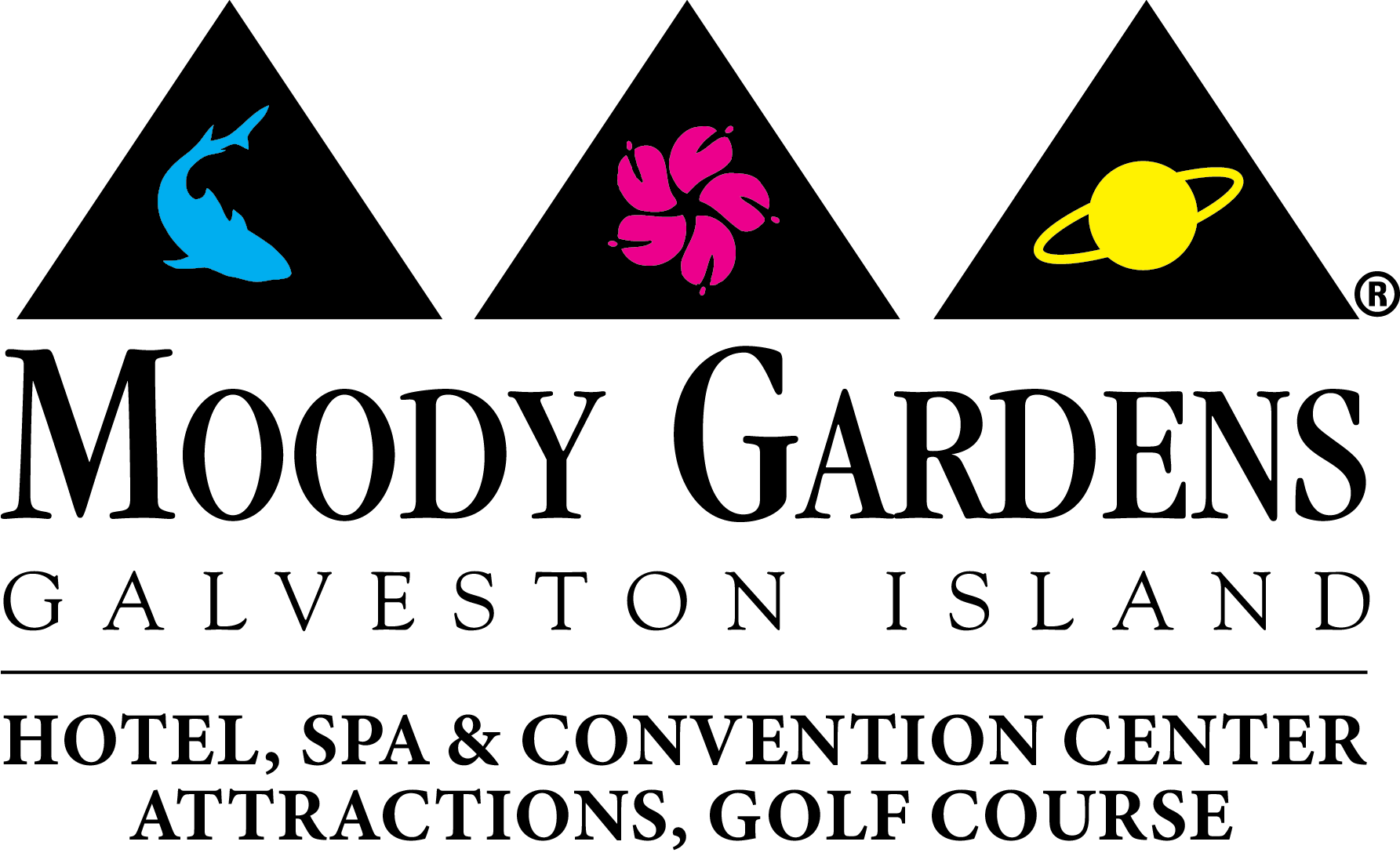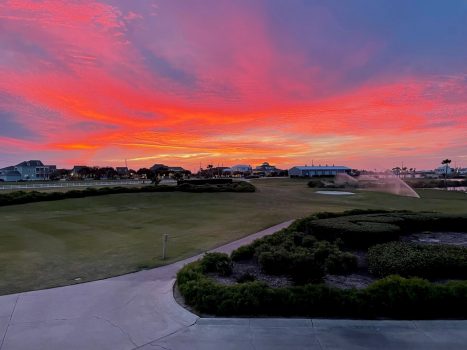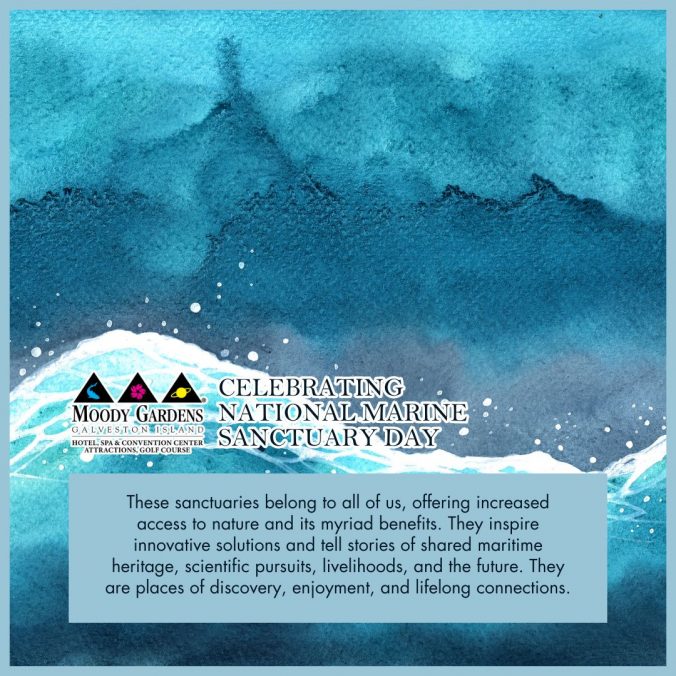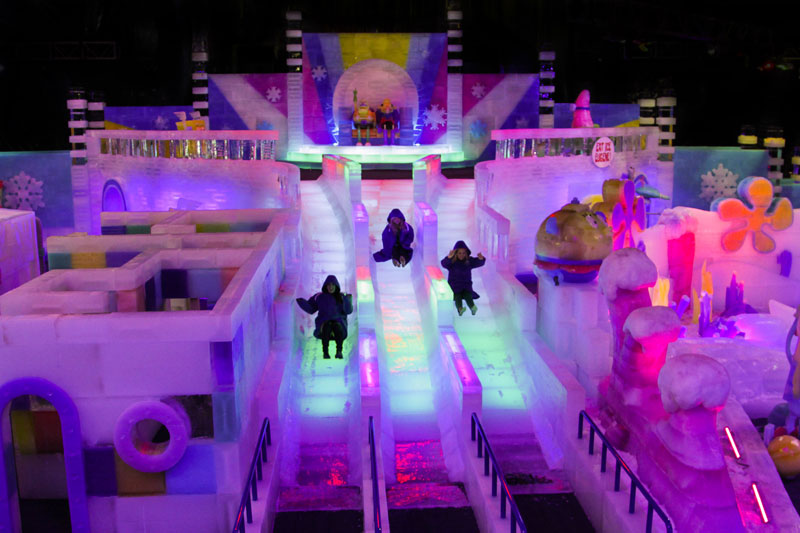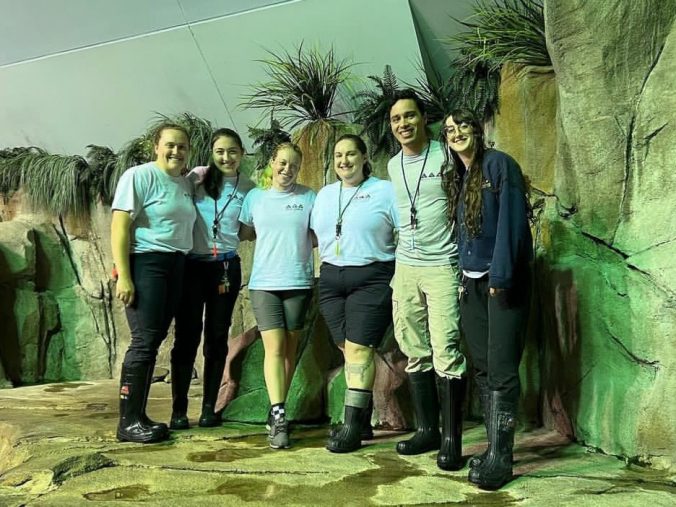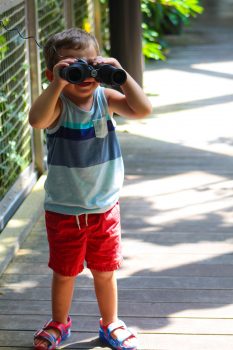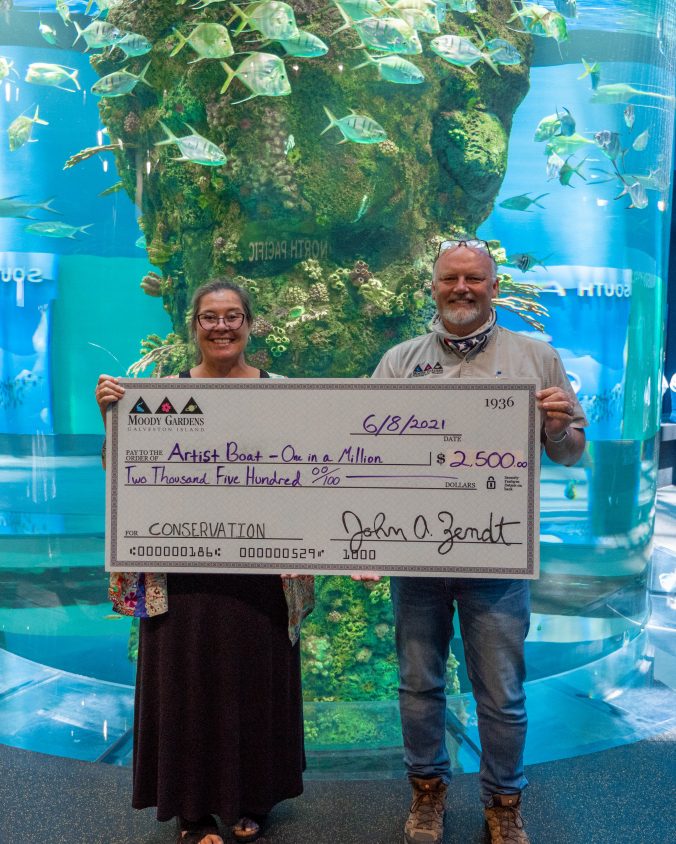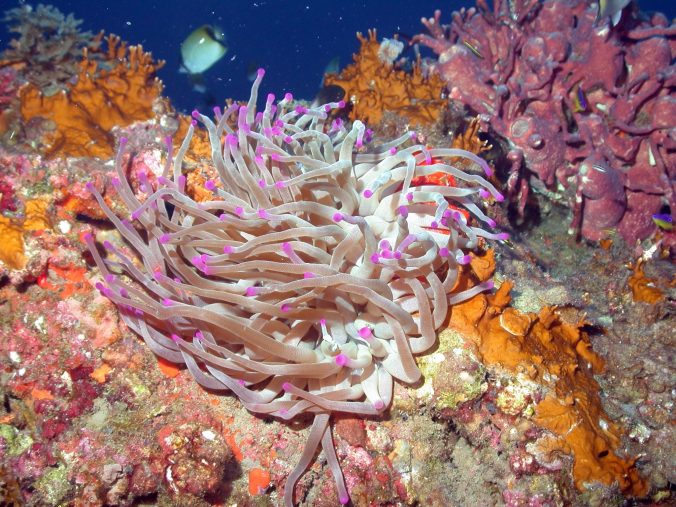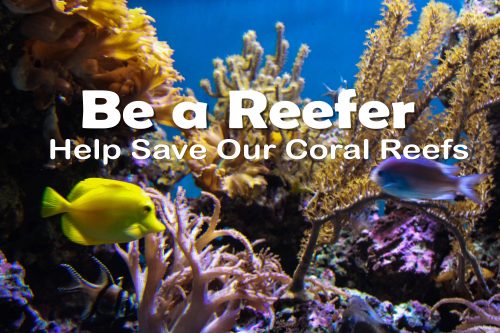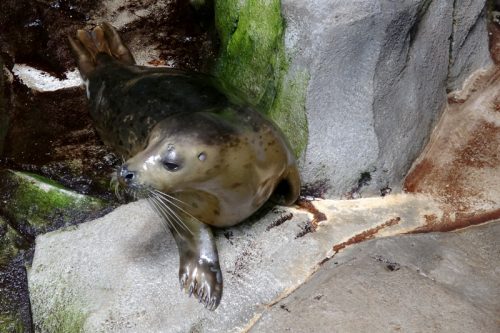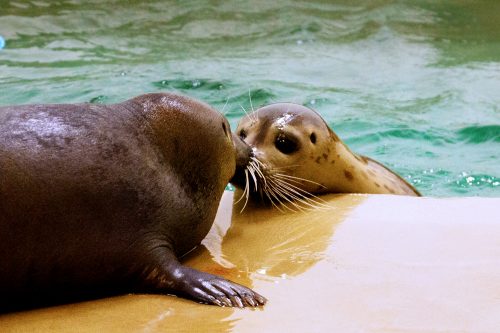Expansion triples the protected area in the Gulf of Mexico, including protections for 14 critical reefs and banks
National conservation groups and aquarium partners celebrated the expansion of Flower Garden Banks National Marine Sanctuary, announced today by the National Oceanic and Atmospheric Administration. The expansion increases protections within the Gulf of Mexico’s only national marine sanctuary from 56 square miles to 160 square miles and includes 14 critical reefs and banks.
Moving forward, this expansion means increased protections for important species and habitats. The expansion areas will be home to future conservation work and support resource protection, science and research, recreation and stewardship for local communities and the country. In particular, the sanctuary’s expansion provides an excellent opportunity to:
- further explore the wonders of our ocean;
- study healthy reefs, especially as potential sites to seed and restore future reefs in the Gulf of Mexico and Caribbean;
- better understand resilient ecosystems in the face of changing climate and pollution; and
- connect families and children with our ocean and build stewards through conservation expeditions, conservation programs, and exhibits and outreach.
Kris Sarri, president and CEO of the National Marine Sanctuary Foundation, said, “Flower Garden Banks National Marine Sanctuary’s expansion is great news for marine conservation in the Gulf. The sanctuary protects incredible coral reefs and an amazing diversity of species. It connects communities to the ocean through educational opportunities including Ocean Guardian Schools and Aquarium-Sanctuary Partnerships. The Foundation supports conservation work in the sanctuary and we look forward to expanding our work in the newly designated areas. We appreciate NOAA and the Office of National Marine Sanctuaries for their efforts in making this expansion happen.”
“Moody Gardens is very pleased with the expansion of the Flower Garden Banks National Marine Sanctuary (FGBNMS),” said Greg Whittaker, Animal Husbandry Manager for Moody Gardens. “Through our Aquarium-Sanctuary Partnership for America’s Keystone Wildlife, we work to align our conservation-education messaging and field conservation efforts to broaden the impact of the great work being done by the FGBNMS team. The expansion of the Sanctuary’s protection over these additional 14 banks and the diverse biological systems they support is exciting and we anticipate years of collaborative Aquarium-Sanctuary projects associated with these natural resource gems. Moody Gardens’ dive operations will continue to serve as a resource to our FGBNMS partners as we explore the new undersea habitats and protect the ecosystem. We look forward to showcasing the discoveries in our backyard Sanctuary to our millions of visitors here in Galveston.”
“The advanced growth of the Flower Garden Banks National Marine Sanctuary (FGBNMS) is a triumph for coral conservation. Our Aquarium-Sanctuary Partnership provides us the opportunity to continue in the rescue and aid in the protection of Florida’s coral,” said Texas State Aquarium Senior Vice President and Chief Operating Officer Jesse Gilbert. “Our aquarists will continue their work to preserve the genetic diversity of the reef to help further restoration efforts. In support of our mission, we will continue to educate and inspire the appreciation for our seas and support conservation.”
“This expansion represents another milestone in protecting crucial habitat and a vital part of our planet’s life support system,” said Keith Sanford, president and CEO of the Tennessee Aquarium. “By partnering with the Flower Garden Banks National Marine Sanctuary, we’ve been able to help millions of inland residents understand their role in protecting the health of the Gulf of Mexico by working to safeguard the rivers and streams running through our communities.”
Flower Garden Banks National Marine Sanctuary lies one hundred miles off the Texas and Louisiana coasts and is the only sanctuary in the Gulf of Mexico. Home to an ecosystem created by water from 31 states and Canada, the existing sanctuary protects some of the healthiest and most resilient coral reef communities in the entire Caribbean and western Atlantic region including salt domes, or underwater mountains, on which the reef-building corals live.
Its deep water habitat includes salt domes, which are underwater mountains, and the reef-building corals that live on top of those formations. Those who visit for sportfishing and diving can see coral heads bigger than cars and a bounty of wildlife including whale sharks, sea turtles, mollusks, crustaceans, birds, manta rays, and hundreds of species of fish. Below the coral cap in deeper water are additional species including octocorals and black corals.
While Flower Garden Banks offers outstanding recreation, its offshore location makes it a major center for research and conservation activities.
Flower Garden Banks National Marine Sanctuary, beyond its natural wonders, connects communities, including aquarium partners, with the ocean for innovative science and exploration work, community stewardship, and educational opportunities, including five Ocean Guardian Schools in Texas.
Four aquariums formally partner with Flower Garden Banks National Marine Sanctuary in the Aquarium-Sanctuary Partnerships for America’s Keystone Wildlife Project supported by the National Marine Sanctuary Foundation: Audubon Aquarium of the Americas; Moody Gardens, Inc.; Texas State Aquarium; and Tennessee Aquarium. Priority interventions include fish and coral recovery, invasive species and marine debris removal, sea turtle rehabilitation, and mooring buoys that deter boats from anchoring on reefs.
America’s national marine sanctuaries are the essential network of protected waters owned by every American, which sustain miraculous species, coastal communities, and our shared heritage. The National Marine Sanctuary System includes 14 marine and one Great Lakes sanctuaries and two marine national monuments. These unique waters sustain critical, breathtaking marine habitats that provide homes to endangered and threatened species. They preserve America’s rich maritime heritage and are living laboratories for science, research, education and conservation. Sanctuaries also offer world-class outdoor recreation experiences for all ages and support local communities by bringing billions of dollars to their economies. Communities across the nation look to sanctuaries to protect nationally significant areas of our ocean, coasts, and Great Lakes.
The National Marine Sanctuary Foundation, established in 2000, is the official non-profit partner of the National Marine Sanctuary System. The Foundation directly supports America’s national marine sanctuaries through our mission to protect species, conserve ecosystems and preserve America’s maritime heritage. We accomplish our mission through community stewardship and engagement programs, on-the-water conservation projects, public education and outreach programs, and scientific research and exploration. The Foundation fosters innovative projects that are solution-oriented, scalable and transferable, and develop strategic partnerships that promote the conservation and recovery of species and their habitats. Learn more at marinesanctuary.org.
The Texas State Aquarium (TSA), the Official Aquarium of the State of Texas, is a private, not-for-profit 501(c)(3) institution that is fully accredited by the Association of Zoos and Aquariums and the World Association of Zoos and Aquariums. Its mission is to engage people with animals, inspire appreciation for our seas and support wildlife conservation. TSA, the largest aquarium in Texas, cares for over 4,000 animals and has been named the #4 Aquarium in North American by USA Today. Learn more at texasstateaquarium.org.
The mission of the Tennessee Aquarium is to connect people with nature and inspire them to make informed decisions about water and wildlife. Admission is $34.95 per adult and $21.95 per child, ages 3-12. Each ticket purchased helps support Aquarium conservation programs. The IMAX® 3D Theater is next door to the Aquarium. Ticket prices are $8. Advance tickets may be purchased online at www.tnaqua.org or by phone at 1-800-262-0695. The Aquarium, located on the banks of the Tennessee River in Chattanooga, is a non-profit organization. Open every day except Thanksgiving and Christmas, the Aquarium and IMAX are accessible to people with disabilities.
